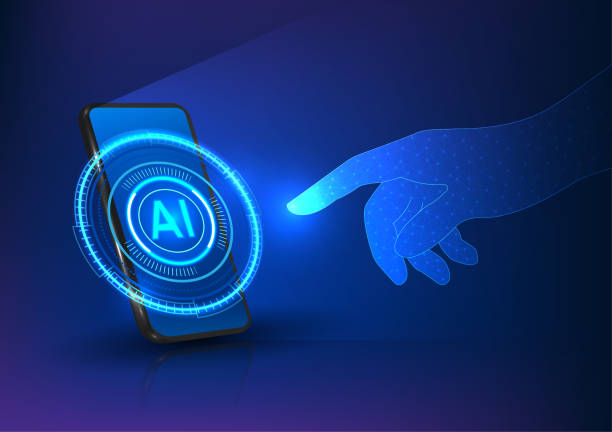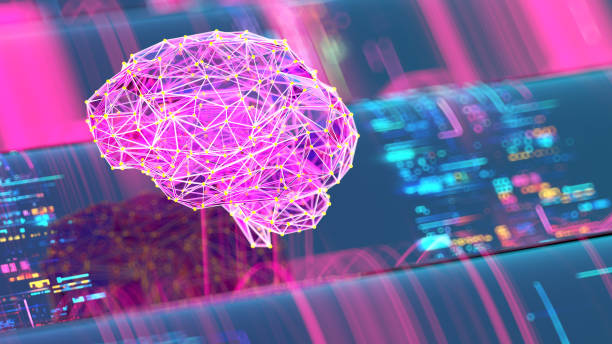Familiarity with the Concept of AI Robots and Their Applications
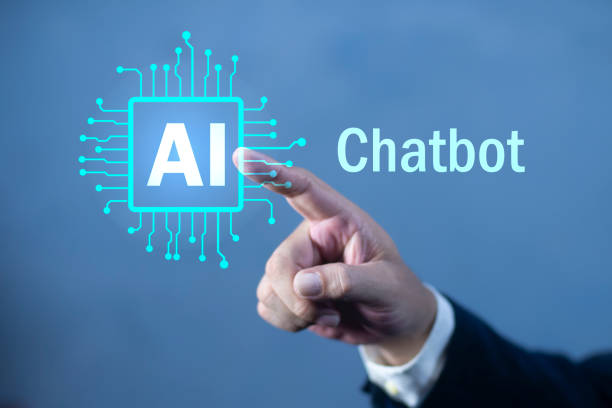
Familiarity with the Concept of AI Robots and Their Applications
#Artificial Intelligence Robot (AI Robot) is a combination of two important fields of technology: artificial intelligence and robotics.
In short, an #AI Robot is a machine that, using artificial intelligence algorithms and models, is capable of performing tasks that usually require human intelligence.
These tasks can include learning, reasoning, problem-solving, pattern recognition, natural language understanding, and environmental interaction.
AI robots have applications in various fields, including industry, medicine, customer service, education, and entertainment.
For example, in industry, an AI robot can be used for production line automation, quality control, and product inspection.
In medicine, they can be utilized to assist surgeons in complex operations, diagnose diseases, and provide personalized care to patients.
AI robots can also be used in customer service to answer questions, solve problems, and provide technical support.
In fact, AI robots have the potential to revolutionize many aspects of our lives.
Are you tired of your e-commerce site having visitors but no sales? Rasaweb solves your main problem with professional e-commerce website design!
✅ Significant sales increase with targeted design
✅ Seamless user experience for your customers
⚡ Get a free consultation!
Types of AI Robots Based on Structure and Function

Types of AI Robots Based on Structure and Function
AI robots can be categorized into various types based on their structure and function.
Structurally, AI robots can be stationary or mobile.
Stationary robots are typically installed in a specific location and are used for defined tasks such as production line automation or quality control.
Mobile robots, on the other hand, are capable of moving within an environment and can be used for tasks like material transport, equipment inspection, and security services.
Functionally, AI robots can be interactive or non-interactive.
Interactive robots are capable of interacting with humans and other robots and can be used for tasks such as customer service, education, and entertainment.
Non-interactive robots, conversely, are typically used for specific tasks like production line automation or quality control and do not require human interaction.
Choosing the appropriate type of AI robot depends on the specific needs and requirements of each application.
#AI robots are continually developing and expanding their capabilities, and will soon take on more human activities.
Main Components of an AI Robot: Architecture and Technology
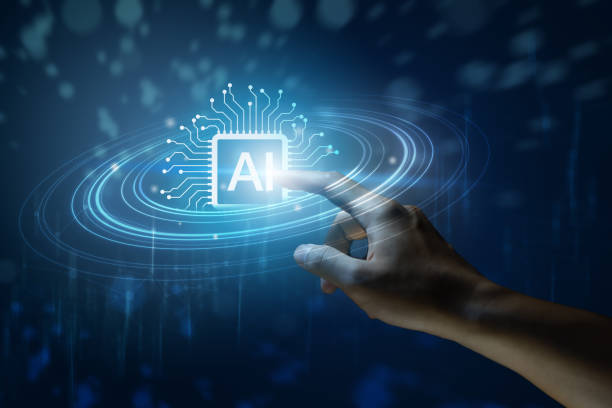
Main Components of an AI Robot: Architecture and Technology
An AI robot typically consists of three main components: sensors, a processor, and actuators.
Sensors are used to collect information from the environment.
This information can include images, sounds, temperature, pressure, and other sensory data.
The processor, usually a computer, processes the information collected by the sensors and makes decisions based on AI algorithms and models.
Actuators, which can include motors, arms, wheels, and other mechanical components, execute the processor’s commands, enabling the robot to move in the environment, interact with objects, and perform its tasks.
For example, an AI robot designed for autonomous driving uses cameras and LiDAR to collect information from the environment, a processor to analyze this information and make decisions about how to drive, and motors and steering to control the vehicle.
This robot effectively utilizes artificial intelligence to perform a task.
Here is a table for a better understanding of AI robot components:
| Component | Description | Example |
|---|---|---|
| Sensors | Gathering information from the environment | Cameras, LiDAR, microphones, temperature and pressure sensors |
| Processor | Processing information and decision-making | Computer, microcontroller |
| Actuators | Executing commands and performing tasks | Motors, arms, wheels, grippers |
Challenges and Limitations in AI Robot Development

Challenges and Limitations in AI Robot Development
The development of AI robots comes with numerous challenges and limitations.
One of these challenges is the complexity of AI algorithms and models.
Developing AI algorithms and models capable of solving complex problems and performing difficult tasks requires a high level of knowledge and expertise.
Another challenge is the need for a large volume of data to train AI models.
AI models require vast amounts of data to learn and improve their performance.
Collecting and processing this volume of data can be time-consuming and costly.
Another limitation involves ethical and social issues associated with the use of AI robots.
The use of AI robots can lead to job displacement, discrimination, and other ethical and social concerns.
For instance, the use of machine learning in the insurance industry can lead to discrimination, as algorithms might make decisions based on personal characteristics.
Overcoming these challenges and limitations requires effort and collaboration among researchers, developers, policymakers, and other stakeholders.
Further development of AI robots demands significant efforts.
Are you losing potential customers due to an unprofessional website? Rasaweb is your answer! With our specialized corporate website design services:
✅ Enhance your business’s credibility and standing
✅ Experience more targeted customer acquisition
⚡ Act now to receive a free consultation!
Machine Learning and its Role in AI Robot Development
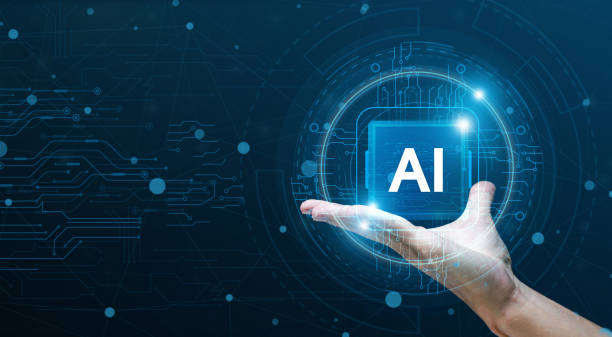
Machine Learning and its Role in AI Robot Development
Machine learning is one of the important subfields of artificial intelligence that plays a fundamental role in the development of AI robots.
Machine learning enables robots to learn from data and improve their performance without explicit programming.
In other words, by using machine learning algorithms, robots can identify patterns and relationships in data and make decisions based on them.
For example, an AI robot designed for facial recognition can learn from images of various faces using machine learning algorithms and gradually improve its ability to recognize faces.
Machine learning algorithms allow robots to operate in complex and unpredictable environments and perform their tasks with greater accuracy and efficiency.
In fact, #AI robots and machine learning have a close relationship.
This relationship significantly contributes to the development of both.
The Role of AI Robots in Industrial Automation and Productivity Enhancement

The Role of AI Robots in Industrial Automation and Productivity Enhancement
AI robots play a significant role in industrial automation and increasing productivity.
These robots can perform repetitive, dangerous, and difficult tasks with greater accuracy and speed than humans.
For example, in production lines, an AI robot can be used for component assembly, product packaging, and quality inspection.
The use of AI robots in industrial automation can lead to reduced costs, increased production, improved quality, and reduced safety risks.
Furthermore, AI robots can help collect and analyze data, providing valuable information for process improvement and management decisions.
Overall, #AI robots have the potential to revolutionize industry and enhance company competitiveness. Utilizing this technology can lead to increased profitability for factories in the long run.
Below is a table outlining the benefits of using AI robots in industry:
| Advantage | Description |
|---|---|
| Increased Productivity | Performing tasks with greater speed and accuracy |
| Reduced Costs | Reducing human labor costs and waste |
| Improved Quality | Reducing errors and increasing accuracy in task performance |
| Reduced Safety Risks | Performing dangerous tasks instead of humans |
Applications of AI Robots in Healthcare
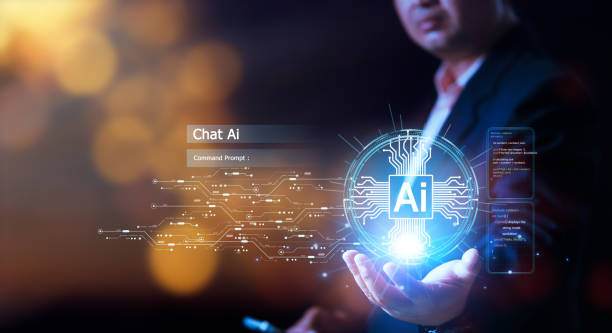
Applications of AI Robots in Healthcare
AI robots have diverse applications in the healthcare sector.
These robots can assist doctors in performing complex surgeries, help nurses in patient care, and aid patients in rehabilitation and recovery.
For example, surgical robots can enhance the precision and delicacy of surgeons, performing operations with minimal damage to healthy tissues.
Nursing robots can assist patients with movement, nutrition, and personal hygiene, preventing complications.
Rehabilitation robots can help patients regain their motor and cognitive abilities.
Furthermore, AI robots can be used for diagnosing diseases, providing personalized care, and managing medication.
These robots can help detect diseases in their early stages, thereby preventing their progression.
In fact, AI robots have the potential to revolutionize healthcare and improve the quality of life for patients.
The use of #AI robots in healthcare is highly significant and can save human lives.
The Future of AI Robots: Predictions and Outlook

The Future of AI Robots: Predictions and Outlook
The future of AI robots appears very bright and promising.
With continuous advancements in artificial intelligence, robotics, and related technologies, AI robots will be able to perform more complex and diverse tasks.
It is predicted that in the future, AI robots will be present in all aspects of our lives, from homes and workplaces to hospitals and schools.
These robots can assist us with daily tasks, help us in learning and education, protect us from dangers, and aid us in solving complex problems.
However, the development of AI robots requires attention to the ethical and social issues associated with the use of this technology.
It is essential to ensure that AI robots operate for the benefit of society and respect human rights and values.
This issue is very important, given the role that Artificial General Intelligence will play in the future.
#AI robots will play a more prominent role in human lives in the future.
Does your company’s website create a professional and lasting first impression in the minds of potential customers? Rasaweb, with professional corporate website design, not only represents your brand’s credibility but also paves a path for your business growth.
✅ Create a powerful and reliable brand image
✅ Attract target customers and increase sales
⚡ Get a free consultation
Ethical and Social Considerations in the Design and Use of AI Robots

Ethical and Social Considerations in the Design and Use of AI Robots
The design and use of AI robots come with significant ethical and social considerations.
One of these considerations is the issue of accountability.
If an AI robot makes a mistake or causes damage, who will be responsible? The designer, the manufacturer, the user, or the robot itself? Another consideration is privacy.
AI robots typically collect a lot of information about their users.
How can this information be protected and prevented from misuse? The third consideration is discrimination.
AI robots may be trained on incomplete or biased data, leading to discriminatory decisions.
For example, an AI robot designed for employee recruitment might inadvertently reject candidates belonging to certain groups.
Paying attention to these ethical and social considerations and formulating appropriate laws and regulations for the design and use of AI robots is essential.
The use of #AI robots must be accompanied by adherence to ethical principles and human values.
Addressing these issues ensures that AI robots do not cause social and ethical problems.
How to Learn and Work with an AI Robot
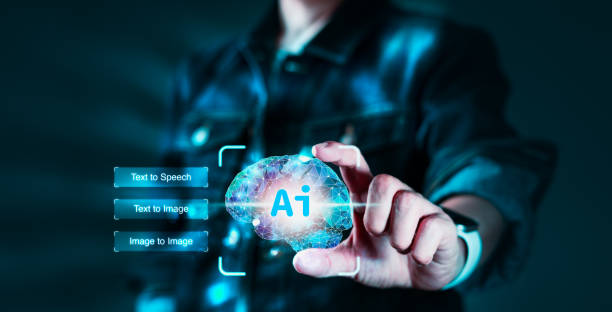
How to Learn and Work with an AI Robot
Learning and working with an AI robot can be an engaging and beneficial experience.
To begin, it is necessary to become familiar with the basic concepts of artificial intelligence and robotics.
Many educational resources are available in this field, including books, online courses, and educational websites.
After familiarizing yourself with the basic concepts, you can start working with an AI robot.
To do this, you can use educational robots available on the market or build a simple robot yourself.
When working with an AI robot, it is important to be patient and learn from your mistakes.
Developing and improving the performance of an AI robot requires time, effort, and perseverance.
Also, it is necessary to pay attention to safety issues and prevent creating hazards for yourself and others.
If you want to use an #AI robot in industry, you need to receive the necessary training and understand how it works.
These robots can assist you in many activities and make your life easier.
With practice and experience, you can improve your skills in artificial intelligence and robotics and become an expert in this field.
Frequently Asked Questions
| Question | Answer |
|---|---|
| What is an AI Robot? | An AI Robot is a machine capable of understanding its environment, reasoning, learning, and making decisions to perform tasks autonomously. |
| What is the difference between ordinary robots and AI robots? | Ordinary robots perform repetitive tasks based on prior programming, while AI robots can learn from experience, interact dynamically with their environment, and even behave in ways that resemble human intelligence. |
| What are the main applications of AI robots? | They are used in industries (manufacturing, assembly), medicine (surgery, diagnosis), services (customer support, domestic), exploration (space, underwater), and many other fields. |
| What technologies are used in the construction of AI robots? | Machine Learning, Computer Vision, Natural Language Processing, Deep Learning, and Robotics are among the key technologies. |
| Can AI robots have emotions? | Currently, robots do not have emotions in the human sense. They can identify and react to emotions, but they do not experience emotions themselves. |
| What are the main challenges in the development of AI robots? | Safety, reliability, ethics, autonomy, adaptability to complex environments, and natural human interaction are important challenges. |
| How are AI robots trained? | They are usually trained using large volumes of data, machine learning algorithms, and deep learning to identify patterns and make decisions. |
| Examples of AI robots in daily life? | Smart robotic vacuum cleaners, customer support chatbots, self-driving cars, and surgical robots in hospitals. |
| Are AI robots a threat to human jobs? | Some repetitive jobs may become automated, but at the same time, robots can increase productivity and create new jobs in the development, maintenance, and supervision of these systems. |
| How is the future of AI robots predicted? | They are expected to become smarter, more autonomous, and capable of performing more complex tasks, and to interact more closely with humans in various environments. |
And other services of Rasaweb Advertising Agency in the field of advertising
Smart Sales Automation: A novel service to increase customer acquisition through precise audience targeting.
Smart Direct Marketing: Revolutionize click-through rates with Google Ads management.
Smart Sales Automation: A combination of creativity and technology for user engagement through Google Ads management.
Smart Direct Marketing: A specialized service for SEO rank improvement based on attractive UI/UX design.
Smart UI/UX: A combination of creativity and technology to increase website traffic through Google Ads management.
And over hundreds of other services in internet advertising, advertising consultation, and organizational solutions
Internet Advertising | Advertising Strategy | Advertorials
Sources
Smart Robots Are Developing
Artificial Intelligence in Service of Humanity and Nature
Wikipedia: Artificial Intelligence
Digikala Mag: What is an AI Robot?
Ready to revolutionize your business in the digital world? Rasaweb Afarin Digital Marketing Agency, specializing in responsive website design, SEO, and online campaign management, is your comprehensive solution for growth and visibility. For consultation and taking big steps towards success, contact us today.
📍 Tehran, Mirdamad Street, next to Bank Markazi, Southern Kazeroon Alley, Ramin Alley, No. 6


